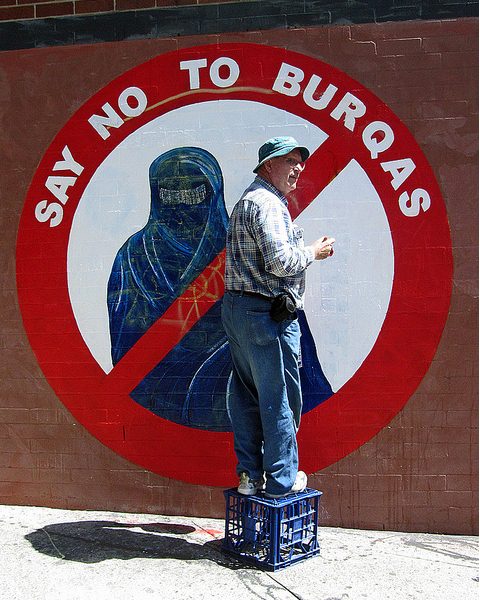
Interdisciplinary research can provide a stimulus for different research agendas, but only on the condition that it remains intelligible for all of the disciplines involved. Unfortunately, the presentation of Syed Mansoob Murshed on the economic modeling of identity in civilizational and sectarian conflicts did not provide the opportunity for such an interaction between disciplines. This is all the more regrettable, as Murshed’s distinguished background in economics is a valuable asset in enriching both conflict and violence research. Despite the mixed quality of the presentation, it is worth taking a moment to understand and to engage with the ideas introduced.
Murshed’s (unexpectedly long) introductory comments at the CIS Colloquium series at ETH-Zürich on Thursday (23 February 2012), clearly communicated his intent: to explore the role of identity in sectarian, and cultural or civilizational conflicts. His criticism of Samuel P. Huntigton and Bernard Lewis, on the other hand, created a more puzzling impression. While speaking out against their monolithic view on culture and their disregard of localized factors in analyzing conflicts, he continually made reference to “Muslims”, and their collective sense of injury… The true value of Murshed’s work however is revealed by his economic models. (Please note that barely fifteen minutes remained to discuss the models proper during the lecture, thus, we rely on this working paper in what follows.)
Murshed outlines three models to answer the following (implied) questions:
Why do Muslims act, through violent or non-violent means, against the will of the majority in the countries they reside? Why do governments impose more restrictions on minority groups? And why do individuals participate in sectarian violence?
According to Murshed’s first model, the individual derives utility from (i) his identity-based actions, (ii) the actions of like-minded individuals, (iii) his identity, and (iv) from other (non-identity based) actions. If the group experiences a decrease in social standing or intensified state restrictions, the relative price of own-identity based actions decreases, compared to other actions uninformed by this group identity. That is, Muslims will more likely act in accordance to their identity when faced with inequalities and restrictions.
The group’s collective behavior is understood as a club good: excludable and non-rivalrous. It is excludable, for there are members and outsiders; it is non-rivalrous, for it is based on group identity which allows for infinite consumption. Stronger association with the group implies higher costs for deviance, but members might act upon different considerations than group identity. In that case, members will try to lure back the deviant to the group – given that the cost of doing so is relatively low.
Analyzing the strategic interaction between the minority and the state, Murshed establishes that the political or economic grievances of the minority group, and the state’s receptiveness to hate speech (second model) result in less peaceful behavior by both the state and its minority towards each other. Whether this militancy becomes violent is, once again, contingent on inequality and relative social standing.
All in all, Murshed’s theorization of conflicts is clear. At the very core of conflicts are economic and political grievances, which are endogenized through group identity. If that is the case – follows Murshed’s logic – macro policies can be used to address them. Economic transfers, for instance, are assumed to decrease the probability of confrontation by targeted pay-offs. In practical terms, development policies must target the horizontal inequalities of minorities, such as those faced by Muslims in Europe.
While this is not the place to dissect Murshed’s model or to critically comment on why or how he arrived to his propositions, one might ponder about the rather deterministic relationship between grievances and identity, or how multiple identities interact. More importantly, what role does perception play in all this? Can we expect a state to ameliorate grievances, if acting on hate speech garners votes? Do benevolent governments know how to implement policies which address the grievances of minorities?
Finally, there is no shame in subscribing to Huntington’s views, even if one comes from the International Institute of Social Sciences (ISS), as long as it furthers our understanding of the world. In our view, through his understanding of the deterministic conflict spiral, which stems from mutually reinforcing group coherence and government restrictions, Murshed does an excellent job at modeling the clash of civilizations.

